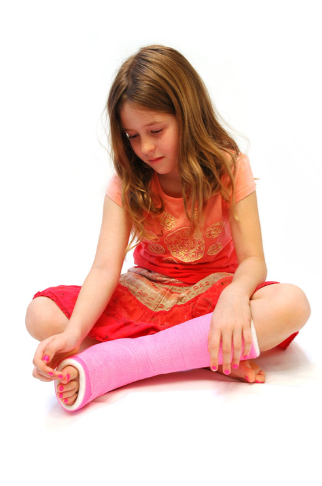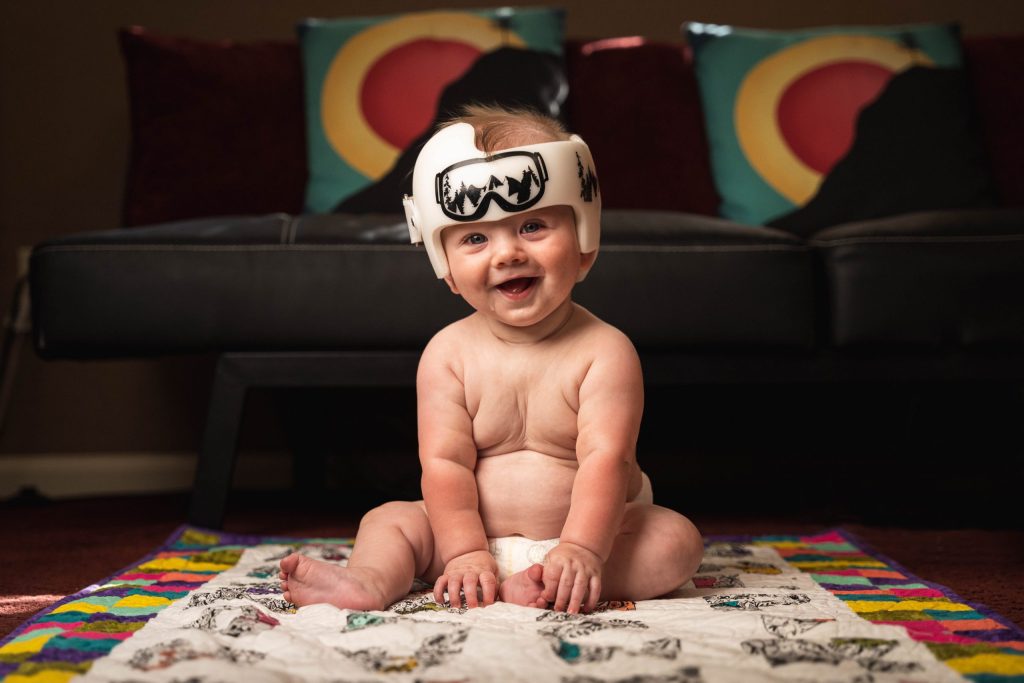Cerebral Palsy is the most common physical disability in childhood, with one baby born every 20 hours in Australia with the diagnosis.
What is Cerebral Palsy?
Cerebral Palsy is a neurological condition that affects a person’s ability to move, balance and maintain posture.
It is a result of an event that causes damage to a baby’s developing brain.
What causes CP?
There is no single cause of cerebral palsy. It is usually a result of a combination of events either before, during or after birth. Only a small percentage of CP is caused from complications at birth. Some other risk factors include:
- Prematurity – About 45% of CP is due to being born prem (<37 weeks)
- Low birth weight (<2500g)
- Infections during pregnancy (from either mum or baby)
Types of Cerebral Palsy
There are 4 main types of cerebral palsy.
- Spastic CP – Is the most common form of CP. It causes muscles to appear stiff and tight.
- Ataxic – Appears as shaky movements and mainly affects balance, as it primarily affects the cerebellum.
- Dyskinetic – Appears as involuntary and writhing movements
- Mixed – appears as a combination of all types.

Cerebral palsy is also classified by the parts of the body it affects
See the picture below from the Cerebral Palsy Alliance that shows more info!

What will the future look like?
With support from families, communities and health professionals, children with CP live amazing, happy and fulfilling lives!
Research strongly recommends early intervention from as early as a few weeks old if your child is diagnosed early. This can improve long term outcomes for your child and help them be as functional as possible.
Physiotherapy, occupational therapy and speech pathology are very helpful in helping your child meet their milestones, including sitting, eating, talking and playing with toys.
Some interventions that physio can help with include:
- Meeting gross motor milestones e.g. rolling, sitting, reaching for toys, standing up.
- Scripting equipment to help kids with their mobility- e.g a walking frame, a wheelchair or a standing frame
- Monitoring hip development
- Working with orthotists to fit custom orthotics
- Strengthening muscles with targeted programs and/or play based activities
- Improving walking and running patterns so that children can keep up and play with their peers.
As a parent, there are so many questions about development and what to expect!
There are a number of milestones that we can expect children to meet at a certain age. If you notice a delay in acquiring some of these milestones, it might warrant a visit to a physio, although not all children with CP will show delays in these areas.
Here are some early signs to look out for as your bub grows:
- Unable to hold their head up, causing you to feel like you have to REALLY support your bubs head in all positions.
- Your bub feels stiff in their limbs, or arches their back excessively
- Your bub feels floppy, and struggles to support their body
- Bub does not roll
- Bub has difficulty holding onto toys, bringing them to their mouth or holds their hands in a fisted position.
- Crawls with an atypical pattern (lopsided,or leaves one arm or leg behind)
- Scoots around on their bottom as their only form of mobility
If you are worried about your baby’s movements, or would just like to check in with a health professional, come in and see us at Canobolas Kids Physio.



